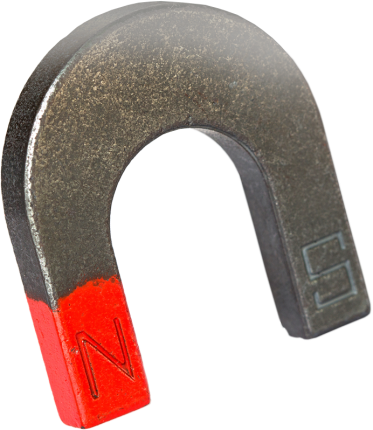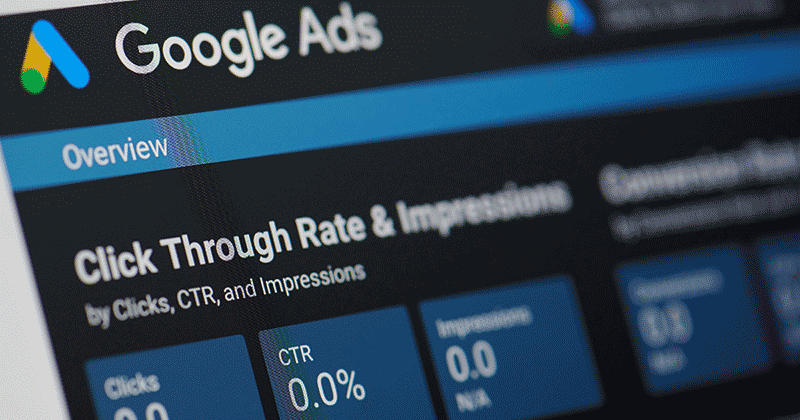Contextual Ad Programs
Detlev Johnson is moderating this morning’s Contextual Ad Programs session which will take a look at things from the vendors perspective. Our fine list of speakers include Brian Axe, Jay Sears, and Tony Wills.
[This session is totally empty. Everyone appears to be in Rand Fishkin’s Social Marketing 101 panel. Truthfully I was just in there, as well. Then I realized I was sitting in the wrong room. Such is my life.]
Detlev starts things off saying that in regards to contextual ads, this is a really important area where all the networks, specifically Google, have created a significant size revenue channel for advertisers.
All that is a nice segue for our first speaker, Brian Axe from Google.
Google views themselves as an ecosystem enabler. The evolution of Google started with users in Google search. From there they built the advertising and publishing platform. Google provides value to the various groups.
He outlines a few of Google’s different ad opportunities:
- Google AdSense for content: Leverage Google’s thousands of advertisers to monetize your page inventory. Freshness and relevancy are vital to performance.
- Google AdSense for search: The Google auction maximizes revenue. Placement targeting bids compete in our ad auction against keyword content targeted bids, maximizing total revenue for you. This is something Google continues to innovate on. They have a long way to go. You have to have a predicted clickthrough or conversion rate. Advertisers can use CPM or CPC.
- Targetable custom channels. Define custom channels and make them available to advertisers as placements. Advertisers can target specific placements within your site.
Brian lists some AdSense resources including the AdSense Help Center, as well as the Inside AdSense blog.
New Online Ad Formats from Google:
- Gadget Ads: Deliver customized solutions. Rich media platform built on Web 2.0 open standards. They range from video to menus, forms, transactions, mashups, feeds, user-generated and context-aware.
- AdSense for Video (text overlay product details: They’re engaging, highly relevant ads being pulled from Google’s enormous advertising network. They’re flexible — User initiated advertising expertise. Ability to filter out unwanted advertising. They’re also far reaching.
- AdSense for Video (graphical overlay product details): CPM auction pay model.
Animated Ads run in the bottom 20 percent of the viewing area.Content Distribution: Transform AdSense into the leading content distribution and monetization channel for their publishers.
Video Units. Streams syndicated YouTube content to your site, in a specialized YouTube player. You can also become a YouTube partner and syndicate your content to your sites and thousands of others.
- AdSense for Feeds: Brian highly recommends this. Inserts a text ad within a feed as content moves between a publisher and subscriber.
AdSense is in line with Google’s mission to organize the worlds information and making it easily accessible.
Jay Sears from ContextWeb
A lot has happened this last year. ContextWeb quietly launched the ADSDAQ advertising exchange on October 17 of this past year. He doesn’t consider the ADSDAQ exchange as an alternative to Google’s AdSense program. He thinks it’s a compliment.
ADSDAQ is not "yet another ad network". It’s not a revenue share network. It’s an exchange where as a publisher you set your CPM price, you can work with multiple networks and its self service with service. Jay says he’s going to walk us through the system.
What happens is you can go in and name your own CPM AskPrice. Publishers are already working with AdSense or YPM and have already identified what they’re CPM is. You can go in and ask to clear inventory at $1.25. What the market will do is ask you for your backup networks and either determine that the market can clear it at the higher price or, if the market can’t clear it, they’ll trap it and serve your backup networks as designated.
They asked people what they wanted out of an advertising platform and people kept telling them they wanted control. Control manifests itself in any number of ways – control about blocking competitors, control about blocking creatives you don’t like, etc. What they decided was that publishers were most concerned with pricing control.
Jay says ContextWeb’s ad platform is a very intuitive database. It’s graphical. No integration needed. Online reporting updated hourly. Easy to traffic through ad servers or directly on page.
It’s a contextual exchange. They’ll actually tell you how your site is contextualizing according to their real time engine. Typically, they’re clearing on average 50 to 60 percent of all impressions sent to the ADSDAQ exchange. It’s pretty incredible considering the pricing is all in your control.
Tony Mills is up.
Quigo’s Mission: Pioneering performance marketing solutions for premium publishers and advertisers. They offer publishers control and transparency.
AdSonar is a premium ad network providing publishers and advertisers with a private label platform supporting multiple targeting options, pricing mechanisms and ad forms. They sit in between advertisers and publishers.
Their value proposition is to provide increase revenue over a blind network. They offer greater control and transparency. For advertisers, they believe they’re a must buy.
Unlocking the value of premium inventory. Advertisers target the brands, pages and topics they want. Premium publishers get the values their brands deserve.
They have a new product they’ll be announcing shortly called AdLinks Plus. It bundles in text links and graphical text links that have both fixed placement and run of site placement. From a local basis with five small publishers, they’ve acquired an excess of 200 local advertisers. These advertisers were acquired by the local publishers sales force.
They’re also indexing local video from the site and syndicated video to show publishers exactly what video is bringing in what kind of revenue.
Question & Answer
In the early days of AdSense, a big part of optimizing the ad was to get the color right and the positioning on the page. I’ve given up on that. Is Google going to help advertisers break out their CTR?
Brian: That’s why I’m here. To hear these pain points and bring them back to the office. It’s not a matter of us not wanting to show this transparency, it’s about trying to get the features out. It’s about prioritization.
[Matt Cutts has left me with a tremendous amount of guilt over having to duck out of these Q&A’s but the next session is about to start. I promise that if the conference organizers give us some more breathing room that I’ll cover more of the juicy question and answer. Really.]
26,000+ professionals, marketers and SEOs read the Bruce Clay Blog
Subscribe now for free to get:
- Expert SEO insights from the "Father of SEO."
- Proven SEO strategies to optimize website performance.
- SEO advice to earn more website traffic, higher search ranking and increased revenue.

LEAVE A REPLY









